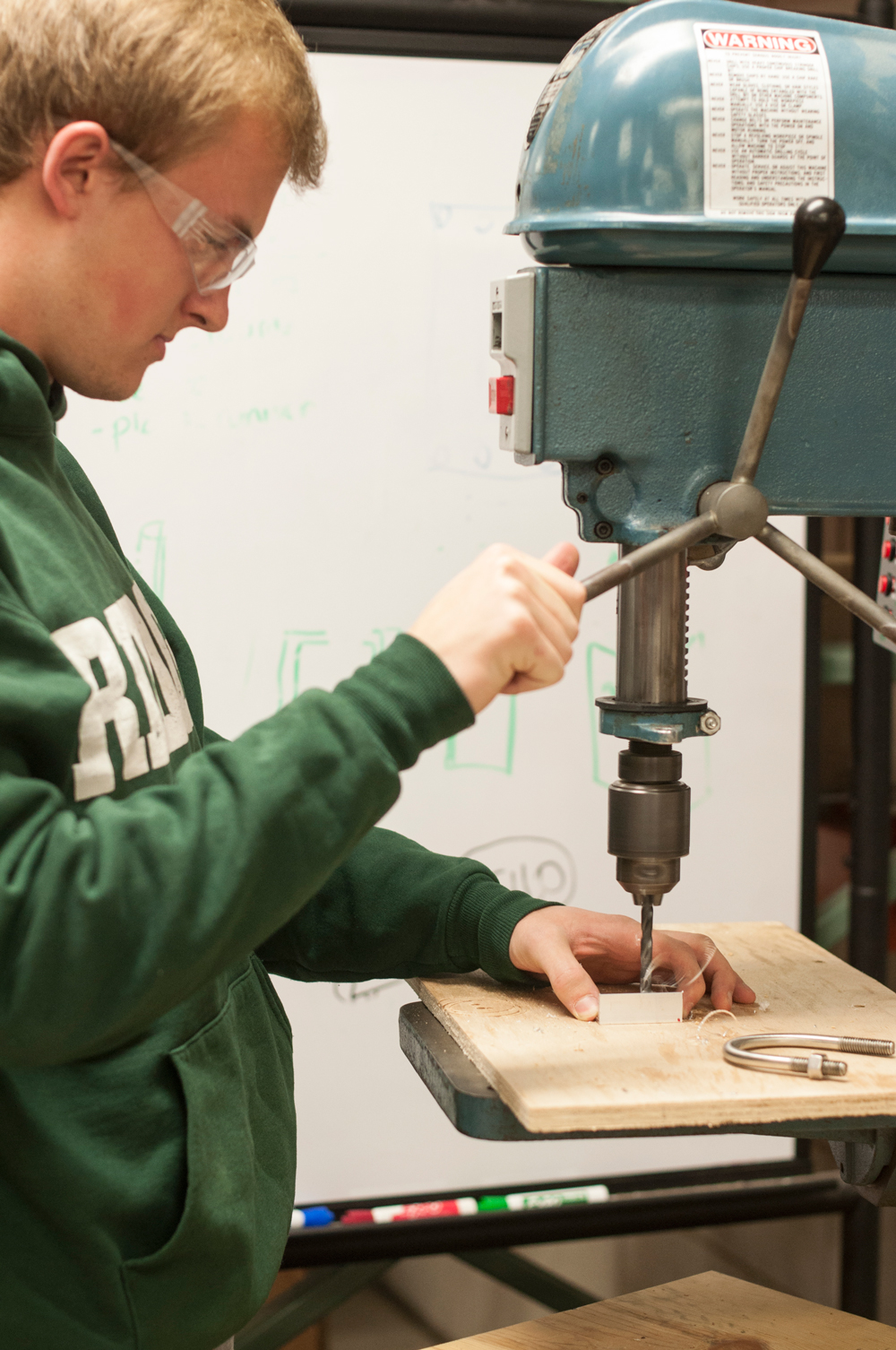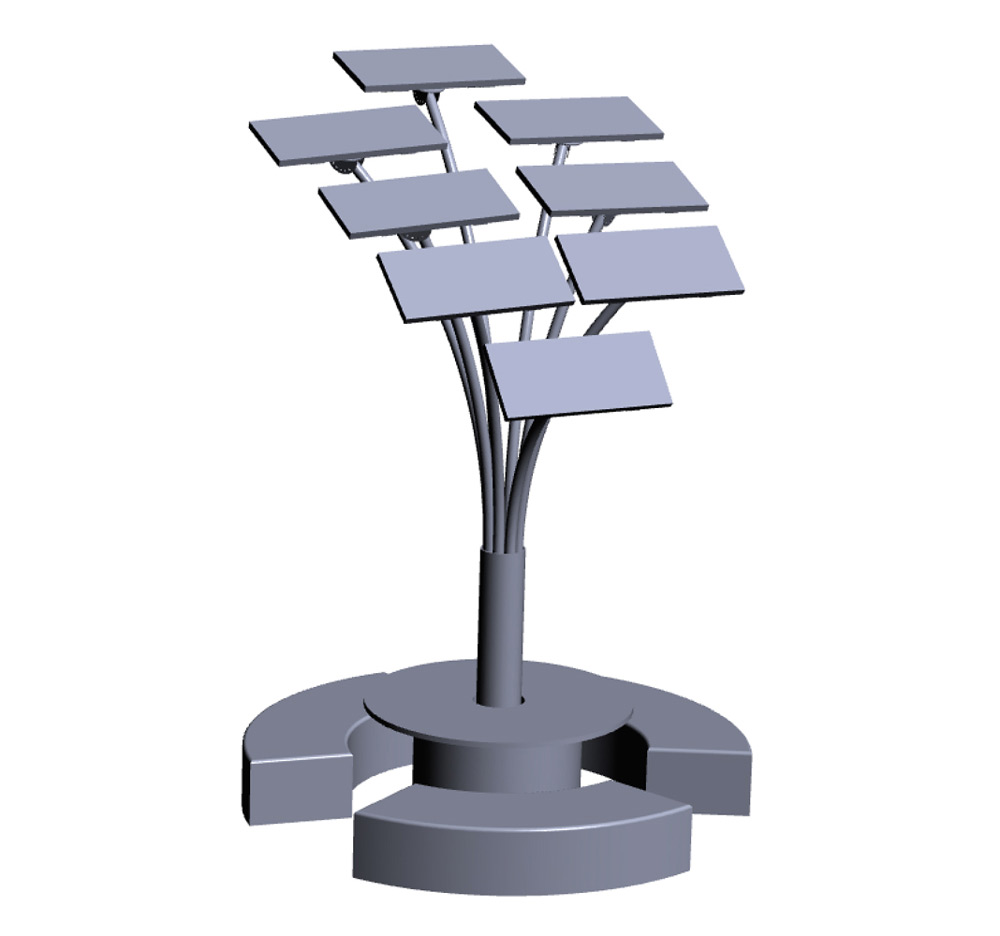More than 30 percent of all electric capacity installed in the U.S. in 2014 came from the sun. The Solar Energy Industries Association predicts 2015 will be the year of the millionth solar installation in the U.S. With the completion of a three-year project called SmartTree, that milestone could happen here in Evanston.
Engineers for a Sustainable World (ESW) takes on many projects that contribute to a healthier environment. Managed by McCormick junior Hassan Ali and McCormick sophomore Francis Chen, SmartTree will feature USB and AC outlets for students to use outside of Norris. The tree, designed to be a 15-foot-tall aluminum structure with benches for people to sit on, will use eight 4-foot-long solar panels.
But SmartTree is not as simple as it sounds. Due to the sheer size of the project, Ali and Chen have to make sure everything about the SmartTree design is safe and usable through virtual load analyses before the project is actually built.
While ESW works on multiple projects each year, none have been as focused as SmartTree. The projects usually tackle broader goals like learning more about wind power or water efficiency, but the SmartTree team was given one assignment: Build it.

The project began when the Ford Motor Company Engineering Design Center donated solar panels to ESW in 2012. After a few brainstorming sessions, SmartTree was born. For Ali and Chen, the project is about more than just assembling a team and getting the work done. There are many managerial tasks, from meeting potential investors to working with the Office of Sustainability on questions of location and safety.
“I’ve done a lot of projects on my own,” says Chen.“But actually being a project manager, I feel like I improve on so much, like communication with people and how you manage a project, apply for grants, everything like that.”
Because of the project’s size, Ali and Chen must run tests using software that assumes the device can withstand certain amounts of natural pressures, such as snow in the winter. The tests ensure the device will meet NU’s safety standards before installation.
These load analyses are typically done by civil engineers, which, unfortunately for Ali and Chen, is not a very popular major at Northwestern. The school has never awarded more than 30 degrees in civil engineering per year, according to the Northwestern University Institutional Research Office. Ali have tried to run the analyses themselves, but they say it’s not easy.
“This was definitely the hardest part, trying to work with software,” says Ali. “It’s very tough to understand the data it gives back to you. We keep running into this wall of [thinking], ‘We need more people with expertise to help us.’”
Still, Ali and Chen were able to run enough tests to determine that the original 18-foot-tall model was not sustainable. Instead, the structure was reduced by three feet to ensure stability, with changes to make the tree trunk more durable.
The team has made substantial progress over the past few months. After finding a hardy and inexpensive design for the mounting brackets that sit between the solar panels and branches, Chen’s electrical team ran several tests on the battery pack and charging systems to ensure the design will be ready for manufacturing.
Once the students finish outlining the project and it gets approved by Northwestern, it will be passed on to an outside vendor, since the University doesn’t have the production capacity. Ali and Chen say once they reach that stage, they will still oversee SmartTree’s building process as well as construct the benches and electrical system. Right now, the key is to perfect the load analysis and ensure durability of the SmartTree, but Ali looks forward to getting past challenges like this.
“I personally like problem solving,” Ali says. “So any time we encounter some kind of road block, for me it’s just like another opportunity to research and find new solutions.”

ESW's plan for SmartTree. Image courtesy of Engineers for a Sustainable World

